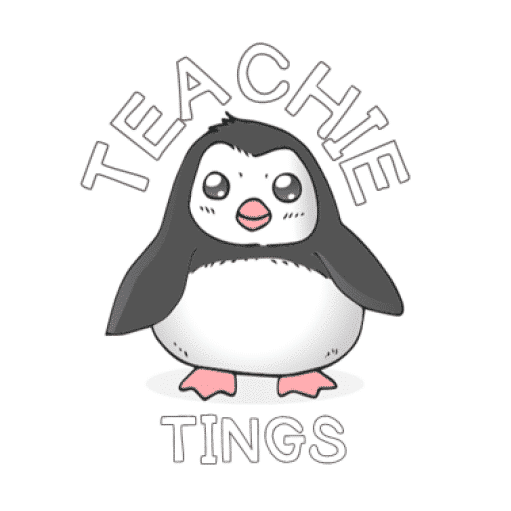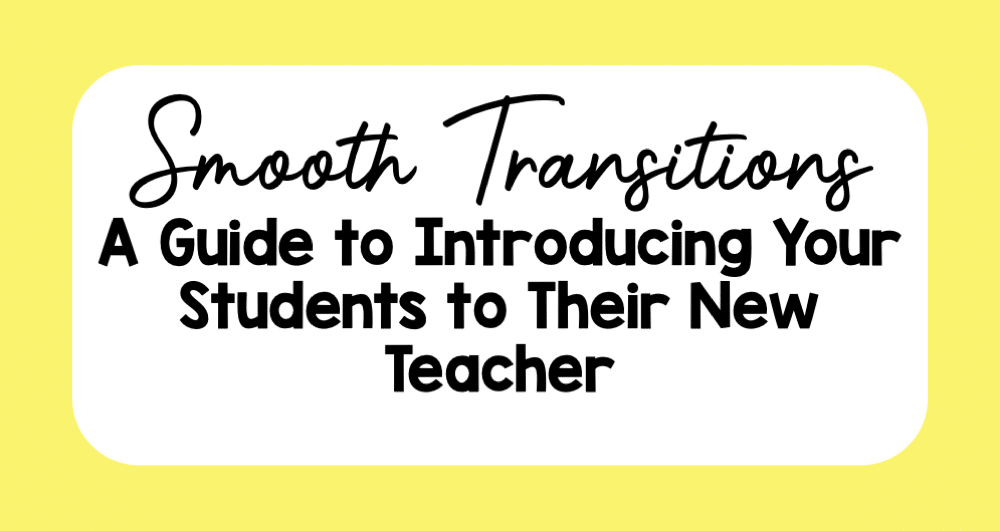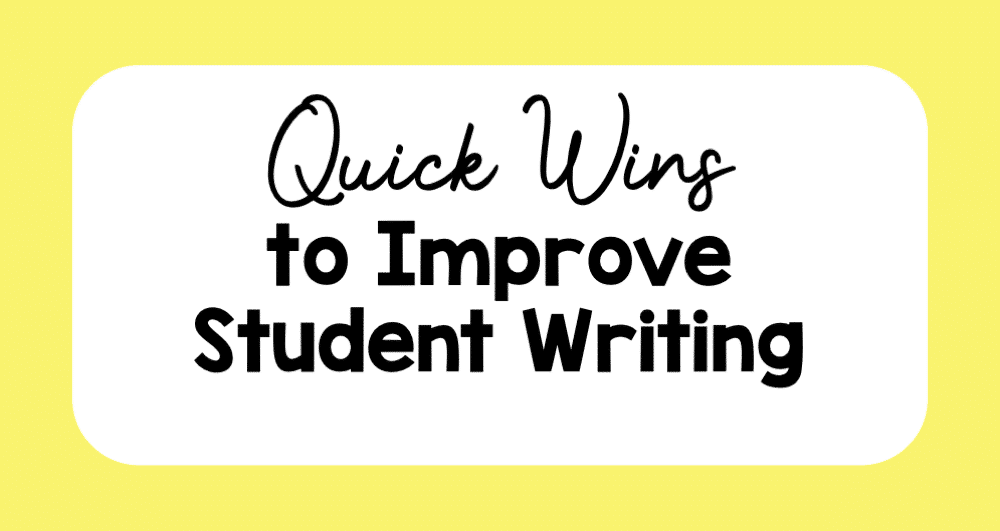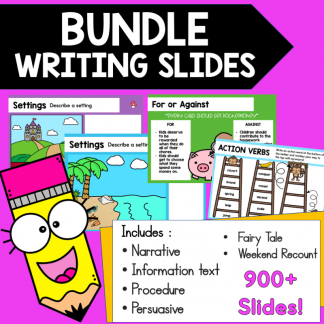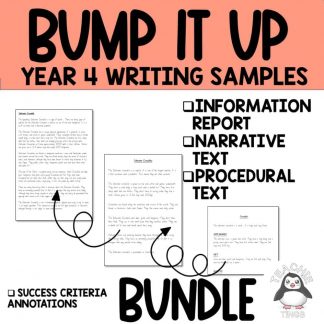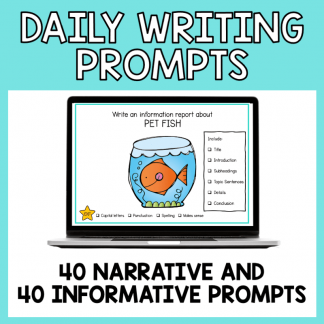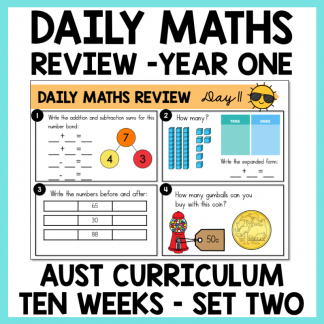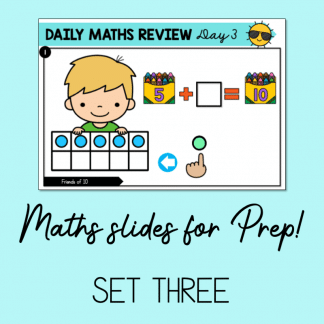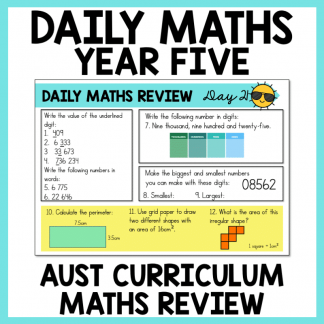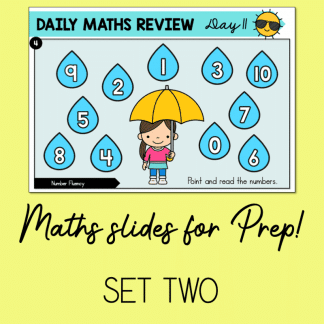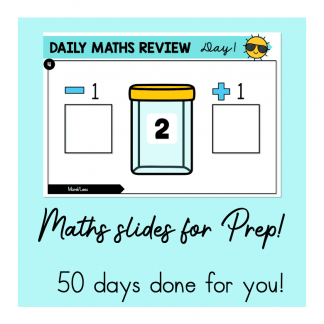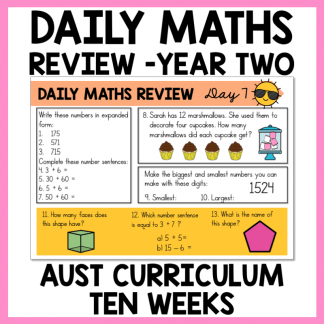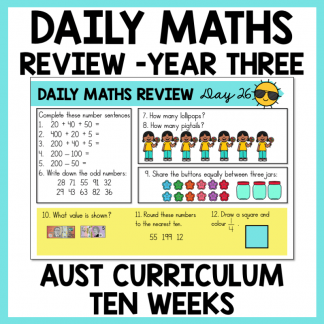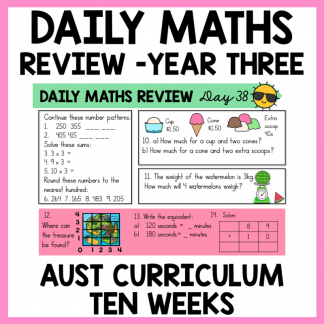
Teaching to the ‘A’ is a bold approach that communicates high expectations to every learner. As an educator, it has proven to be the most effective strategy in lifting the performance of students. But what exactly does it mean to teach to the ‘A’?

Defining ‘Teaching to the ‘A’’
Teaching to the ‘A’ involves modeling what success at an ‘A’ level looks like for every student in the classroom. This is achieved by setting high expectations through a Learning Intention and exposing students to exemplary ‘A’ samples. The Backward Design model, when integrated, provides a laser focus for teaching, leading students towards desired results.
The Importance of High Standards
It is crucial that all students are familiar with and exposed to the success criteria representing the highest level of achievement. The goal is to teach and demonstrate skills and knowledge that align with ‘A’ level success criteria. This not only challenges students but also empowers them to strive for excellence.
Inclusivity and Support for Lower-Achieving Students
Teaching to the ‘A’ does not leave lower-achieving students behind. The approach involves a collaborative journey where the educator guides students toward the highest level of achievement. This inclusivity is in stark contrast to the potential pitfalls of teaching to a lower level, such as the ‘C,’ which may inadvertently perpetuate underachievement.
Avoiding the Pitfalls: Bump It Up Wall Concept
The misuse of concepts like the Bump It Up Wall can hinder students’ progress if the focus is solely on teaching to a lower level, like the ‘C.’ Without exposure to the requirements of higher levels, students may lack the necessary tools to achieve a ‘B’ or ‘A.’ Tiered examples and success criteria statements become essential in helping students elevate their performance.
Practical Strategies for Differentiation
Differentiating A-level instruction is key to the success of teaching to the ‘A.’ Strategies include deconstructing texts, pre-learning vocabulary, varying reading strategies, and incorporating group activities with assigned roles. The exposure to high-level examples and guidance on reproducing key elements can significantly impact the achievement levels of average students.
Knowing Your ‘A’: Essential Steps for Educators: Practical Steps for Implementing Teaching to the ‘A’
Teaching to the ‘A’ is not just a theoretical concept; it requires actionable steps in the classroom to ensure effective implementation. Here are five practical strategies that educators can employ:
1. Develop Clear Learning Intentions and Success Criteria
Establishing clear learning intentions and success criteria is foundational. Clearly communicate to students what success at the ‘A’ level entails. Break down the criteria into manageable components, making it easier for students to grasp and work towards achieving the desired standards. This clarity provides a roadmap for both educators and students, fostering a shared understanding of expectations.
2. Expose Students to Exemplary ‘A’ Samples
Regularly expose students to high-quality ‘A’ samples relevant to their grade level. This exposure serves as a visual and contextual reference, helping students understand the standards they are striving to achieve. Utilize diverse examples across subjects, ensuring that students have a well-rounded understanding of what excellence looks like in various contexts.
3. Integrate Backward Design Model
Incorporate the Backward Design model into lesson planning. Start with the end goal in mind – the ‘A’ level of achievement – and work backward to create lesson plans and activities that align with those standards. This approach ensures that every element of the curriculum contributes to the overarching objective of reaching the ‘A’ level, providing a cohesive and focused learning experience.
4. Implement Tiered Examples and Differentiated Instruction
Recognize the diversity in your classroom by implementing tiered examples and differentiated instruction. Tailor your teaching methods to accommodate various learning styles and levels. Provide tiered examples that guide students from lower to higher achievement levels. Differentiated instruction could involve varying reading materials, pre-learning vocabulary, and group activities with assigned roles, ensuring that all students have the opportunity to elevate their performance.
5. Regularly Assess and Provide Constructive Feedback
Establish a consistent assessment and feedback loop. Regularly assess student work against the established success criteria. Provide constructive feedback that not only highlights areas for improvement but also acknowledges and reinforces the elements where students have excelled. This ongoing assessment allows students to track their progress, understand their strengths and weaknesses, and make necessary adjustments to meet ‘A’ level expectations.
By implementing these practical steps, educators can create an environment that actively supports and guides students toward the ‘A’ level of achievement, fostering a culture of excellence in the classroom.
Avoid setting unattainable ‘A’ standards, as this can discourage students. An ‘A’ in a lower grade should not surpass the level of a higher grade ‘C.’ Additionally, acknowledge that perfection is not always necessary. Acceptable errors, within certain limits, can be present in ‘A’ examples, maintaining a realistic and encouraging standard.
Conclusion
Teaching to the ‘A’ is a brave and effective strategy that elevates student performance by setting high standards and expectations. It is a journey where both educators and students work collaboratively towards achieving excellence. By understanding the nuances of teaching to the ‘A’ and implementing practical strategies, educators can empower students to reach their highest potential.
